Stop Making Porsche 911 Restomods
With too many companies and not enough differences, the Porsche restomod market has gone stale.

Monterey Car Week had one incredible Porsche restomod release. Produced by the Porsche-tweaking madmen at Tuthill, this wasn’t just another of their screaming, high-revving, lightweight, ultra-manual 911s. It was the GT One, a mid-engined supercar inspired by the homologation-special 911 GT1 Strassenversion from the 1990s.
With a limited production run of 22 vehicles at an undisclosed, extortionate price, the GT One takes the wide, low, long stance and puts it into a usable, drivable supercar suited for more than just the racetrack. Each car takes 2,500 build hours to complete, will be made according to the preferences of the future owner, and comes with either a naturally aspirated 4.0-liter six-cylinder boxer engine generating over 500 horsepower, or a turbocharged version of the same engine with more than 600 horsepower. All of that power will be sent to the rear wheels through either a seven-speed dual-clutch automatic (which nobody will order) or a manual gearbox (the obvious choice).
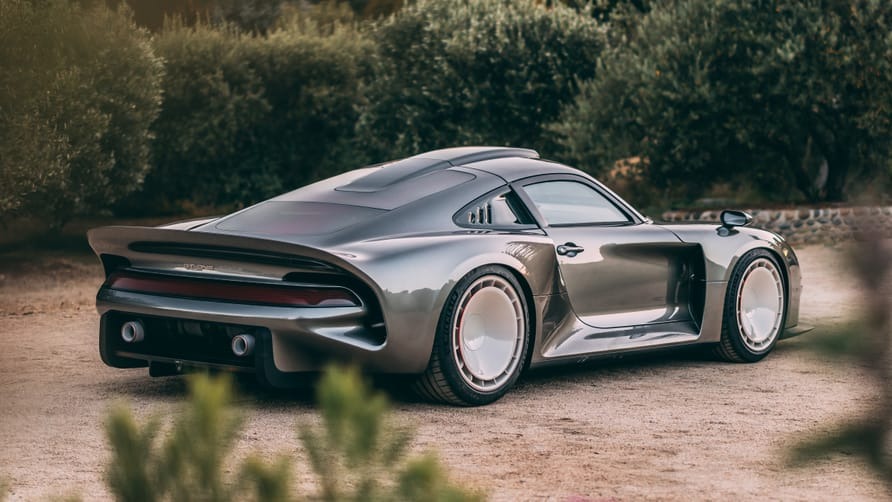
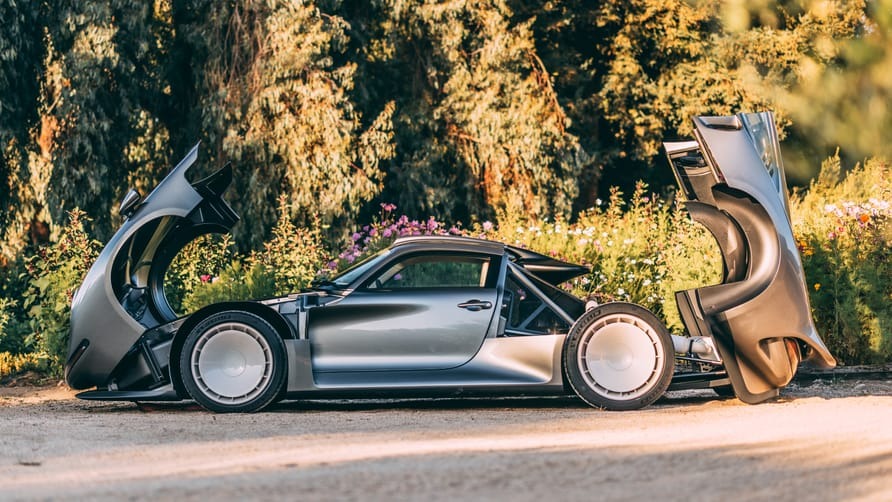
It’s beautifully made, looks stunning, has a great story behind it, and if Tuthill’s 911s are anything to go by, it will be incredible to drive. Most importantly, it doesn’t seem like anything else that’s been built before — and you can’t say that about other Porsche restomods.
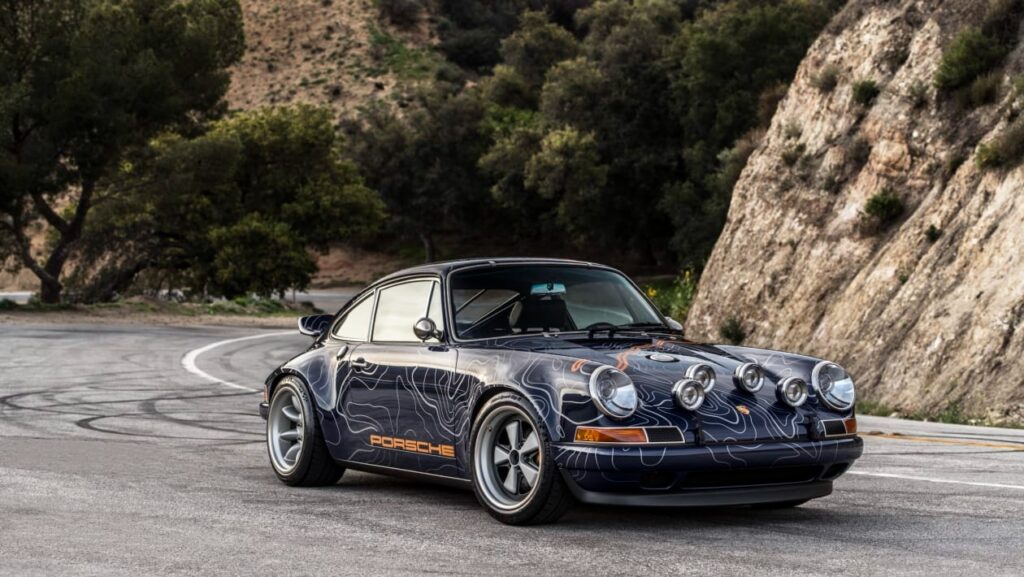
For the unfamiliar, a restomod is a “modified” version of an older car, updated with modern parts and performance while keeping the spirit of the original. They are the realized version of a nostalgic dream of what these cars were, and they cost anywhere north of half a million dollars to make, plus a donor car to butcher. Alfaholics does this with Alfa Romeos; Kimera and Maturo do it with Lancias; Eagle does it with the Jaguar E-Type; and now seemingly a billion firms are doing it with the Porsche 911 — and it’s getting boring.
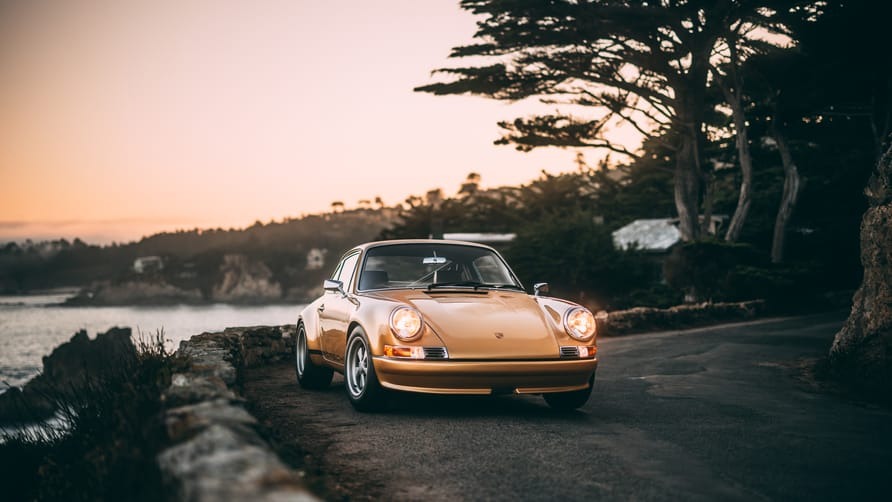

If you’re interested in a rebodied restomod 911, the industry leaders are Singer, whose work is utterly beautiful, but then there’s also Gunther Werks, Theon Design, RSR Project, Ruf, Paul Stephens Auto Art, Rennsport, Everrati, Edit Automotive, Thornley Kelham, dp Motorsport, Design Velkē, 911 Retro Works, Straat, Autoaktiv Motorsport, Kaege Retro, Maduz, and now Porsche itself, which is making restomods through its Sonderwunsch program. This is just ridiculous, with so many tiny firms competing on thin margins to sell almost identical cars to the ultra-rich. Because the industry is so saturated, most of these cars aren’t that special.

Just at this Monterey Car Week, in addition to the GT One, there were two off-road-focused 911 restomods announced — the Ruf Rodeo and the Kalmar 9×9 — and Porsche’s own Sonderwunsch speedster. None of them got much attention because they’re all things we’ve basically seen before, and the same is true for every new 911 restomod that gets released. These small firms keep making 911s because they think that’s what the market wants, but no small shop will be able to compete with the design and build quality of Singer or Gunther or the mechanical prowess of Tuthill. So their work will just be forgotten and ignored.
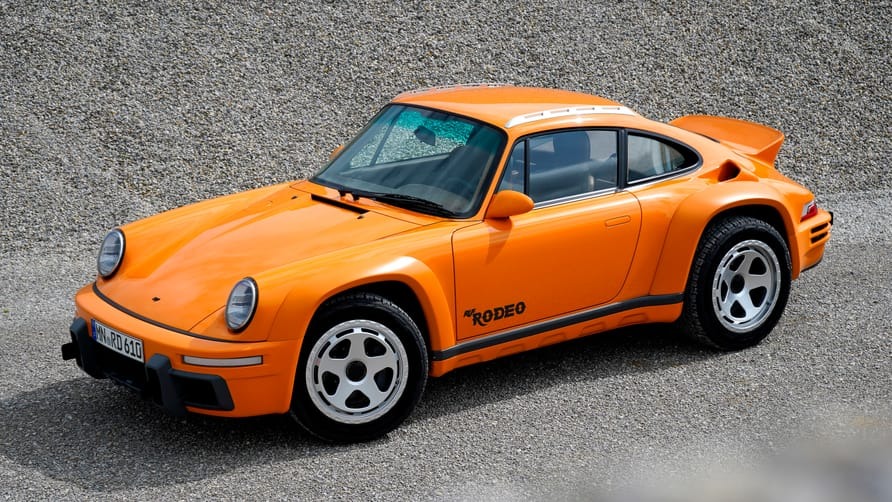
The answer is that if these shops want to make restomod Porsches and not take a risk on a different car, they need to do something different with it. For example, Paul Stephens makes the ultimate version of a later 911; Kamm Manufaktur works exclusively on ultra-light, four-cylinder, 912s; Emory went for the early 356 with their “Outlaw” cars; and Nardone skipped the 911 entirely with their new 928 restomod.
Tuthill shows how it should be done. Not only do they make a genuinely unique 911 restomod — focused on a high-revving engine, lightweight design, and the most manual experience possible — but now they’re expanding into a more unique domain with the GT One, and I hope they follow this with more unique runs.
That’s how you make a fuss, get press coverage, and sell cars. Making another air-cooled 911 restomod is not.

